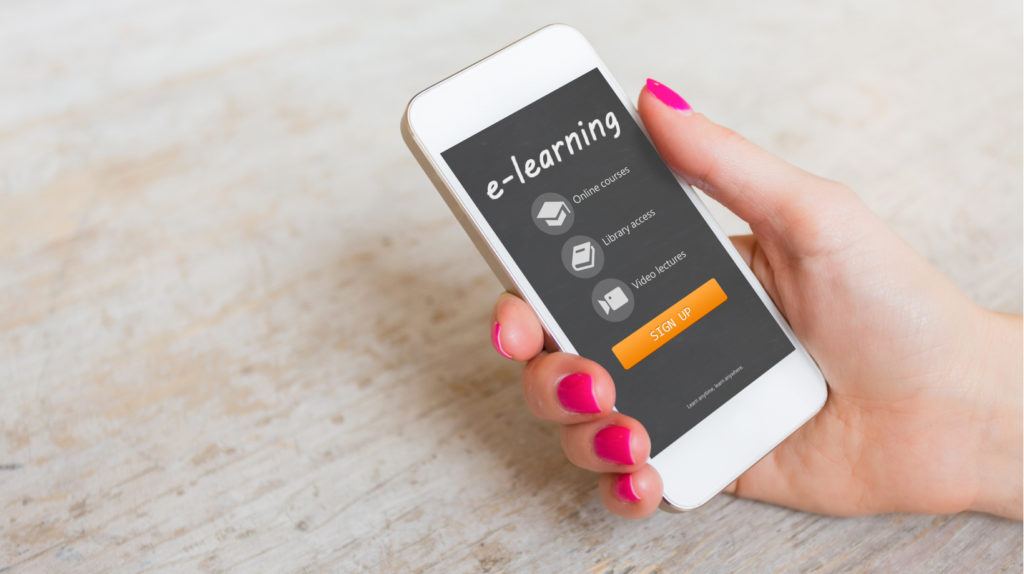6 Major Benefits Of Microlearning Explained
If you’ve ever tried to learn a new musical instrument or language, you likely did so in small, repetitive, and incremental steps, making learning complicated subjects or skills possible.
And it’s that exact approach to learning that makes microlearning’s popularity easy to understand: It’s an incredibly effective way of learning, retaining, and applying new knowledge, skills or information through repetition.
This approach to learning, compounded by the way we’ve grown, accustomed to receiving information on mobile devices through digital channels, such as social media which deliver short snippets of content, has propelled microlearning to the forefront of eLearning.
And it’s easy to understand. Let’s take a look at the top 6 benefits of microlearning.
The Benefits Of Microlearning Explained
Increased Retention Levels
A complete training course can be broken down into more bite-sized pieces, allowing the learner to digest each section separately and increase their retention.
Fast Results
Smaller bits of information are much easier to remember so while it might be more difficult to cover a wide range of subjects in one sitting, it delivers what the learner needs when they need it—quickly.
Remote Teaching
Learning can take place at any time and from anywhere, and users can decide when they prefer to learn new skills or improve topic comprehension.
Monitoring Tools
Technology makes it much easier to assess, examine, and test employees using analytics and reporting tools.
Diversify Learning
Microlearning leverages various types of engaging media such as video, audio, presentations, or games to better hold the learner’s interest.
Affordable
Microlearning is much more cost-effective than sending employees to a training, and the teaching materials developed can be used over and over again.
For microlearning, it’s difficult to overstate the impact smartphones and mobile devices have had on learning. In fact, a recent study now suggests that U.S. consumers now spend an average of 5 hours a day on mobile devices.
Since microlearning delivers information at the point and place of need when users have limited time available for learning, accessibility proves key for professionals who are not able to leave their job site or plant floor.
Microlearning, Apps, And Mobile Devices
Microlearning delivers a quick refresher on any topic while on the job. Employees can quickly search these apps on a mobile device for a quick refresher on skills before they perform a task.
With microlearning apps employees can pick out the relevant training clips explaining the task or equipment that lies in front of them. Whether it’s to reference safety precautions or re-educate themselves on a piece of equipment, they can find what they need in real time from the palm of their hand without having to retreat to a desk, search through courses, or thumb through a manual.
About 4 in 10 companies currently use microlearning, and a similar number plan to adopt this approach within the next 12 months, according to a recent survey from the ATD. Further, 81% of the companies who now use microlearning want to reinforce or supplement formal training, and 3/4 use microlearning as a just-in-time training tool.
With mobile app delivery, microlearning offers contextualized skills that can be learned and applied immediately in the field. You learn, and then you do—which also contributes to an increase in long-term retention rates. It’s real-time instant intelligence.
Imagine a technician out in the field who can access a quick course refresher on their mobile phone before they perform a job. With technology like the RedVector GO microlearning app, they have access quick bite-sized course pieces to quickly remind them of helpful knowledge about how to do their jobs better. When employees perform better, they have fewer accidents. This ultimately saves money on insurance claim as well as production downtime, increasing the bottom line.
And looking ahead, mobile app technology is now expanding to include Augmented Reality. With AR Apps, learners can gain additional insight that is not available in with real-life experiences. For example, it can show you the inner working of a machine to help you understand the process better.
Microlearning and AR apps such as this can revolutionize training and continuing education—and transform the way we learn moving forward.
The eLearning industry has only just begun to scratch the surface of many benefits of education technology and their advancements have put education in the hands—literally—of learners, empowering them ways once thought impossible.









